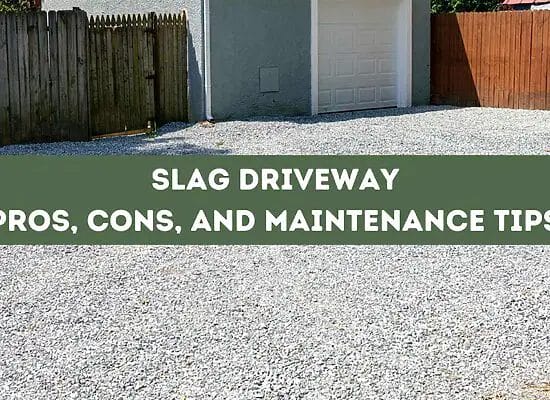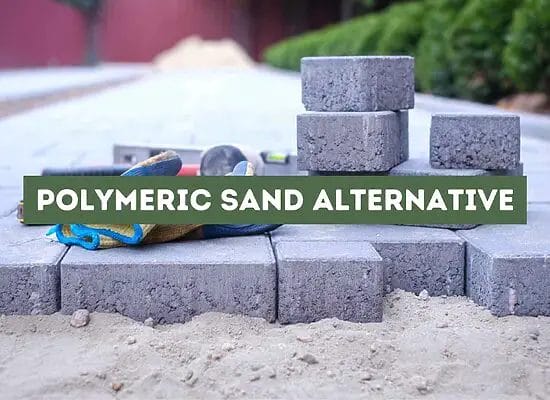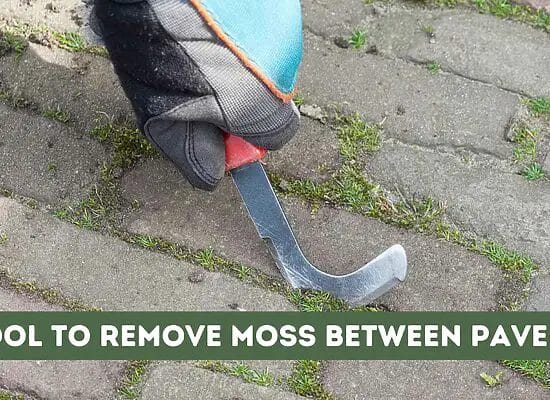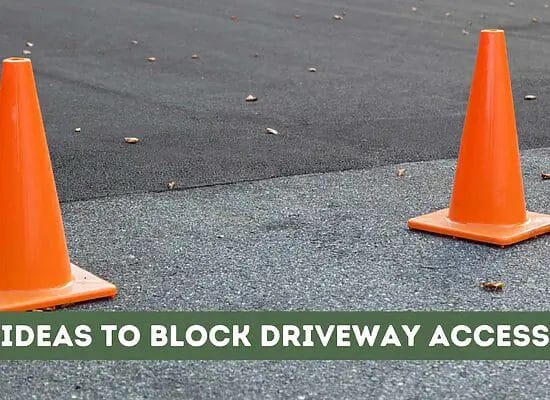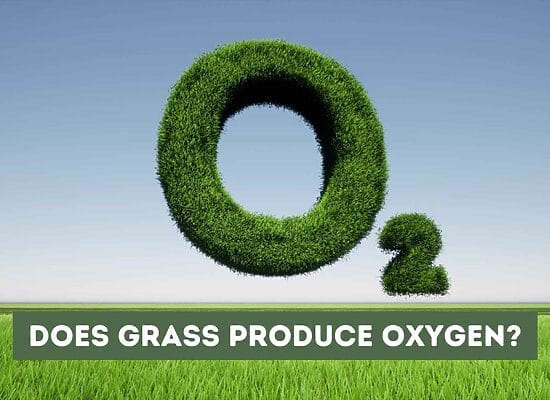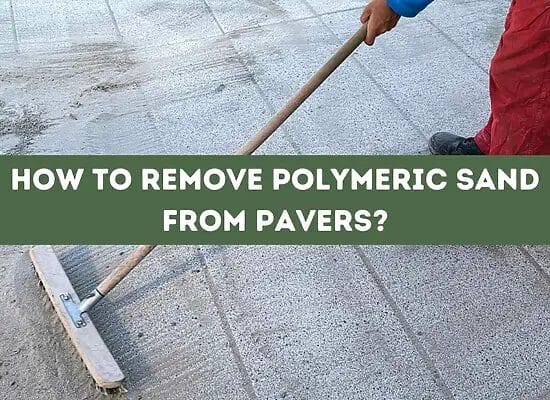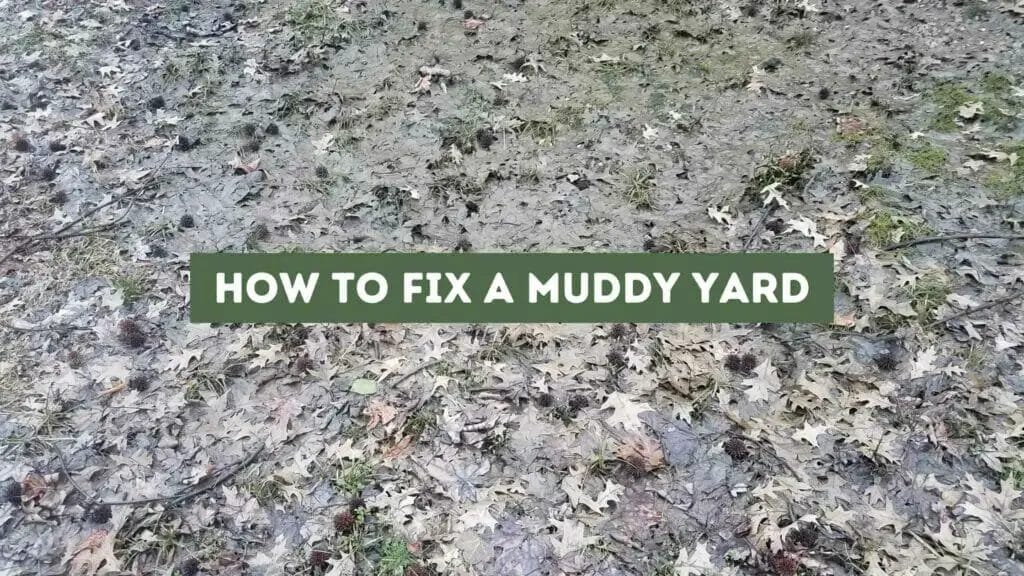
If you’re dealing with a muddy yard, you know how frustrating it can be. Not only is it unattractive, but it can also kill your grass and make it difficult to enjoy your outdoor space. Fortunately, there are several ways to fix a muddy yard and prevent it from happening again in the future.
One of the main causes of a muddy yard is poor drainage. When water can’t properly drain away from your yard, it can create puddles and boggy areas. In order to fix this issue, you may need to install a drainage system or make adjustments to your existing one. Additionally, you can take steps to improve the soil quality in your yard to help it absorb water more effectively.
Key takeaways:
- Poor drainage is a common cause of a muddy yard; consider installing a drainage system or making adjustments to improve it.
- Soil compaction can lead to a muddy yard; aerate the lawn to loosen the soil and improve water penetration.
- Clay soil is more prone to becoming muddy; add organic matter like compost or peat moss to improve soil structure and drainage.
- Low spots or depressions in the yard can cause water pooling and muddy conditions; fill them in with soil or create a slope to divert water away.
- Temporary solutions for a muddy yard include using straw, hay, kitty litter, tarps, sand, gravel, or mulch to cover the mud and provide a stable surface.
- Permanent solutions involve improving drainage, aerating the lawn, adding organic matter, hardscaping, installing sod, or using crushed limestone.
- When choosing plants for a muddy yard, look for ones that thrive in moist soil, have deep roots, or serve as ground covers; avoid plants that require well-drained soil.
Understanding the Muddy Yard Problem
Dealing with a muddy yard can be frustrating and overwhelming. However, understanding the root cause of the problem can help you find the right solution. In this section, we will explore the common causes of a muddy yard and how to tackle them.
Compacted Soil
One of the main reasons for a muddy yard is soil compaction. When the soil is compacted, it cannot absorb water properly, which leads to water pooling on the surface. Soil compaction can occur due to heavy foot traffic, machinery, or even weather conditions.
To test if your soil is compacted, take a garden fork and try to insert it into the soil. If it’s difficult to penetrate, then your soil is compacted. To fix this issue, you can aerate your lawn using a garden fork or a lawn aerator. Aeration helps loosen the soil and allows water to penetrate deeper into the ground.
Poor Drainage
Poor drainage is another common cause of a muddy yard. If your yard doesn’t have proper drainage, then water will accumulate on the surface, leading to puddles and waterlogged soil.
To fix this issue, you can install a French drain or a dry well. A French drain is a trench filled with gravel or rock that redirects water away from your yard. A dry well is a hole filled with gravel that allows water to seep into the ground slowly.
Clay Soil
If your yard has clay soil, then it’s more likely to become muddy. Clay soil has small particles that can hold onto water for longer periods, leading to water pooling on the surface.
To fix this issue, you can add organic matter to your soil, such as compost or peat moss. Organic matter helps improve soil structure and drainage, allowing water to penetrate deeper into the ground.
Water Pooling
Water pooling is a common issue in yards with low spots or depressions. When it rains, water accumulates in these low areas, leading to puddles and waterlogged soil.
To fix this issue, you can fill in the low spots with soil or create a slope that directs water away from your yard. You can also plant water-loving plants in these areas to help absorb excess water.
Identifying the Causes
If you’re dealing with a muddy yard, it’s important to determine the root cause of the problem. Here are some common reasons why yards become muddy:
- Poor drainage: If your yard doesn’t have proper drainage, water can accumulate and turn the soil into mud. Look for areas where water tends to pool or where the ground feels squishy underfoot.
- Faulty drainage system: If you have a drainage system in place, make sure it’s functioning properly. Check for clogs in gutters and downspouts, and make sure water is being directed away from your yard.
- Downspouts: Make sure your downspouts are dumping rainwater where it can be driven away instead of stagnating.
- Water runoff: If your yard is located at the bottom of a slope, you may be dealing with excess water runoff from higher ground.
- Rain garden: Consider creating a rain garden to help absorb excess water and prevent it from turning your yard into a mud pit.
Assessing Your Soil and Drainage
Assessing your soil and drainage is the first step in fixing a muddy yard. Poor soil drainage is usually the main culprit causing a muddy yard. When your soil is compacted, it prevents water from draining properly, leading to waterlogged soil and muddy conditions.
To assess your soil drainage, there are a few things you can do. First, check your drainage system. Ensure that your downspouts are dumping rainwater where it can be driven away instead of stagnating in your yard. Next, check for any clogs or blockages in your gutters and downspouts. If you find any, clear them out to ensure that water flows freely.
If you have a serious drainage problem, consider constructing a French drain. A French drain is a trench filled with gravel or rock and a perforated pipe that directs water away from your yard. French drains are effective in removing water from your yard and preventing soil erosion.
Another thing you can do to assess your soil drainage is to check the soil compaction. You can use a soil compaction tester to measure the compaction level of your soil. If your soil is compacted, you can fix it by aerating your lawn. Aerating involves poking holes in your soil to allow water and air to penetrate the soil.
In addition to assessing your soil drainage, it’s also important to assess the overall health of your lawn. A healthy lawn can absorb water better than an unhealthy one. Check for any bare spots, thinning grass, or weeds in your lawn. If you find any, consider reseeding or overseeding your lawn to promote healthy grass growth.
Temporary Solutions to Fix a Muddy Yard
If you’re dealing with a muddy yard, you’re probably looking for a quick and easy solution to fix the problem. While a long-term solution is ideal, sometimes you just need a temporary fix to get you through until you can address the underlying issue. Here are some temporary solutions that can help you cover up the mud and make your yard more functional:
Covering the Mud
One of the easiest ways to temporarily fix a muddy yard is to cover the mud with something that will absorb the moisture and provide a stable surface. Here are a few options:
- Straw or Hay: Spread straw or hay over the muddy area to provide a stable surface. Be aware that this can attract rodents and other pests, so it’s not a good long-term solution.
- Kitty Litter: Spread kitty litter over the muddy area to absorb the moisture. This can be a good short-term solution, but it can be expensive if you have a large area to cover.
- Tarps: Cover the muddy area with tarps to create a stable surface. This can be a good option if you need to park a car or set up a temporary structure on the muddy area.
Other Temporary Solutions
Here are a few other temporary solutions that can help you deal with a muddy yard:
- Sand: Spread sand over the muddy area to provide a stable surface. This can be a good short-term solution, but it can be expensive if you have a large area to cover.
- Gravel: Spread gravel over the muddy area to provide a stable surface. This can be a good short-term solution, but it can be expensive if you have a large area to cover.
- Mulch: Spread mulch over the muddy area to provide a stable surface. This can be a good short-term solution, but it can attract pests, and it may need to be replaced frequently.
Permanent Solutions for a Muddy Yard
If you’re tired of dealing with a muddy yard every time it rains, it’s time to consider a permanent solution. While temporary fixes like spreading mulch, sand, or gravel can help in the short term, they won’t solve the root cause of the problem. Here are some permanent solutions to fix your muddy yard:
- Improve Drainage: Poor drainage is often the main culprit behind a muddy yard. To fix this, consider installing French drains or a drainage system to redirect water away from your yard. You can also extend your gutter downspouts, create a rain garden, or dig a dry well to help with drainage.
- Aerate Your Lawn: Lawn aeration is the process of creating small holes in your lawn to allow air, water, and nutrients to penetrate the soil. This can help to firm up the ground and reduce the amount of water that sits on the surface. You can rent a lawn aerator or hire a professional to do the job for you.
- Add Organic Matter: Adding organic matter like compost, peat moss, or clover to your soil can help to improve its structure and drainage. These materials also provide nutrients to your lawn, which can help it to grow thicker and stronger.
- Hardscaping: If you’re looking for a more permanent solution, consider hardscaping your yard. This involves using materials like cement, stones, or bricks to create pathways, patios, or even a gazebo. Hardscaping can help to eliminate soggy areas in your yard and provide a more stable surface.
- Install Sod: If your yard is beyond repair, consider installing sod. This involves laying down pre-grown grass over your existing lawn. Sod can provide an instant solution to a muddy yard and is relatively easy to install.
- Use Crushed Limestone: If you have clay soil, adding crushed limestone can help to improve drainage and firm up the ground. The limestone reacts with the clay to create a more stable soil structure.
Choosing the Right Plants
When it comes to fixing a muddy yard, choosing the right plants can make a big difference. Some plants are better suited to wet soil than others and can help absorb excess water and prevent erosion. Here are some tips for choosing the right plants for your muddy yard:
- Look for plants that thrive in moist soil: Irish moss, silver carpet, and winter creeper are all good options for wet areas.
- Choose plants with deep roots: Plants with deep roots can help absorb excess water and prevent erosion. Grass is a good example of a plant with deep roots that can help stabilize soil.
- Consider using ground covers: Ground covers like creeping thyme and creeping jenny can help absorb excess water and prevent erosion. They also add color and texture to your yard.
- Avoid plants that need well-drained soil: Plants that need well-drained soil, like lavender and rosemary, are not a good choice for a muddy yard. They will struggle to survive in wet soil and may even die.
When planting in a muddy yard, it’s important to prepare the soil properly. Make sure to add organic matter like compost or peat moss to improve drainage and provide nutrients for your plants. You may also want to consider using raised beds or planting on mounds to help improve drainage.
Dealing with Muddy Areas with Pets
If you have pets, especially active dogs, you know how challenging it can be to keep your yard from becoming a muddy mess. The constant running, digging, and playing can create muddy trails and bald spots in the lawn. Here are some tips to help you deal with muddy areas in your yard when you have pets.
- Use Mulch: Mulch is an excellent way to cover muddy areas in your yard. It’s inexpensive, easy to install, and can help improve the soil’s health. You can use straw or hay in the muddy spots, which will also provide a soft surface for your pets to play on.
- Install Rubber Mats: Rubber mats are another great solution for muddy areas in your yard. They are slip-resistant, easy to clean, and durable. You can place them in high-traffic areas, such as dog runs and play areas, to prevent mud from forming.
- Consider Artificial Turf: Artificial turf is designed specifically for pets and can be a great solution for muddy areas in your yard. It looks and feels like real grass, but it’s easy to clean and maintain. Plus, it eliminates the need for mowing and watering.
- Create a Dog Trail: If your dog has created a muddy trail in your yard, consider creating a designated dog trail. You can use gravel or stepping stones to create a path for your dog to follow. This will help prevent mud from forming in other areas of your yard.
- Use Landscape Barriers: Landscape barriers, such as burlap and landscape fabric, can help prevent mud from forming in certain areas of your yard. You can use them to cover bare areas and create a barrier between your pets and the soil.
Maintaining Your Yard Post-Fix
Now that you have fixed your muddy yard, it’s essential to maintain it to prevent it from becoming muddy again. Here are a few tips to help you keep your yard in top shape:
Replanting Grass and Overseeding
If your yard has bare patches, it’s essential to replant grass or overseed it. When replanting grass, make sure to remove any debris and dead grass before planting. Overseeding, on the other hand, involves spreading grass seed over an existing lawn to fill in any bare patches. Both methods help to thicken and strengthen the lawn, making it more resistant to mud.
Fertilizing Your Lawn
Fertilizing your lawn is essential to help it grow strong and healthy. It’s recommended to fertilize your lawn at least twice a year, in the spring and fall. Fertilizer provides your lawn with essential nutrients that it needs to grow and remain healthy. Make sure to follow the instructions on the fertilizer package to avoid over-fertilizing, which can damage your lawn.
Dealing with a Patchy Lawn
If your lawn has patchy areas, it’s essential to identify the cause and address it. Patchy areas can be caused by a lack of sunlight, poor soil quality, or overuse. One way to address patchy areas is by aerating your lawn. Aeration involves perforating the soil with small holes to allow air, water, and nutrients to penetrate the grass roots.
Dealing with Mud
To prevent mud from forming in your yard, it’s essential to ensure proper drainage. This can be achieved by installing French drains or ensuring that downspouts are dumping rainwater away from your yard. Another way to prevent mud is by adding sand or gravel to low-lying areas to improve drainage.
FAQ: Fix a Muddy Yard
What is the best way to dry up a muddy yard?
The best way to dry up a muddy yard is to improve your drainage system. You can construct French drains to redirect the water away from your lawn. Also, ensure that your downspouts dump rainwater where it can be driven away instead of stagnating. For a quick temporary fix, apply pine flakes and sand to dry up the wet yard.
What can you do for a muddy yard?
You can do several things to fix a muddy yard. One of the most effective solutions is to improve your drainage system. You can also plant grass species that are tolerant of wet conditions, such as fescue or ryegrass. Another option is to create a rain garden or a creek bed to divert the water away from your lawn.
How do you stabilize muddy ground?
To stabilize muddy ground, you can add organic matter such as compost, mulch, or peat moss to improve the soil structure. You can also add sand or gravel to improve drainage. Additionally, you can plant vegetation to help absorb excess water and stabilize the soil.
How do I fix my dog’s muddy yard?
To fix your dog’s muddy yard, you can try adding a layer of mulch or wood chips to the area. This will absorb water and prevent your dog from tracking mud into your home. You can also install a dog run or a designated area for your dog to play that is covered with a durable ground cover, such as pea gravel or artificial turf.
How to cover mud in yard for dogs?
To cover mud in your yard for dogs, you can use a durable ground cover such as pea gravel or artificial turf. These materials are easy to clean and maintain and provide a safe and comfortable surface for your dog to play on. You can also add a layer of mulch or wood chips to absorb excess water and prevent mud from forming.
Temporary fix for muddy yard?
For a temporary fix for a muddy yard, you can apply pine flakes or sand to dry up the wet area. You can also add a layer of mulch or wood chips to absorb excess water and prevent mud from forming. However, keep in mind that these solutions are not permanent and may need to be reapplied regularly.



